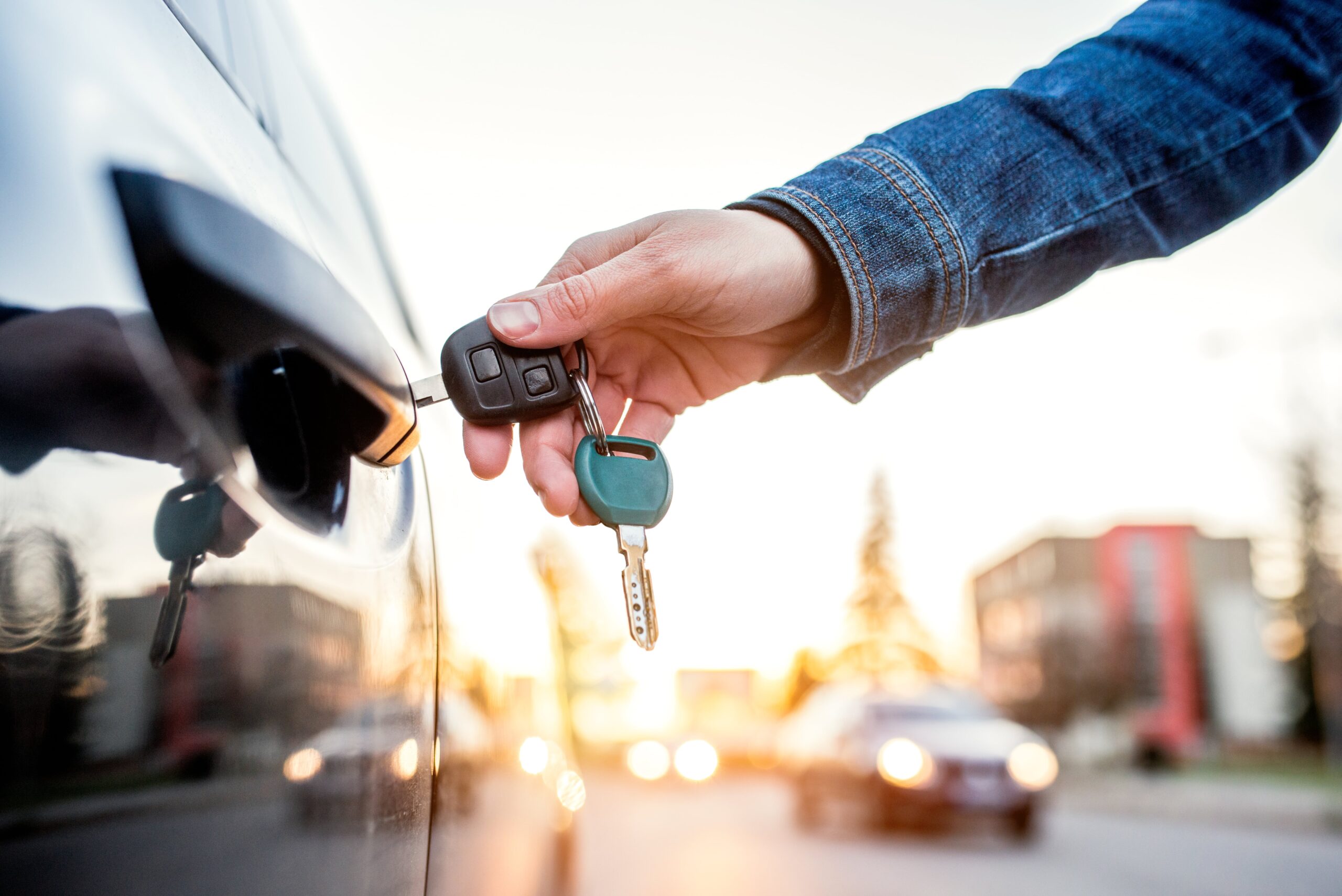Everything You Need To Know About Ignition Barrel Repair
Ignition Barrel Repair: A Comprehensive Guide
An ignition barrel is a vital part of any vehicle's ignition system. It is the part of the ignition lock that houses the key cylinder, which communicates with the vehicle's electrical system to begin the engine. With time, wear and tear, in addition to environmental elements, can result in issues with the ignition barrel. This article will delve into ignition barrel repair, addressing common issues, repair treatments, and practical tips to make sure a smooth process.
Comprehending the Ignition Barrel
The ignition barrel is typically described as the ignition switch or ignition lock. Located on the steering column or control panel, it is the part where the key is inserted. It has a number of functions, consisting of:
- Activating the electrical system: When the key is turned, it connects the battery to the ignition system.
- Beginning the engine: It makes it possible for the starter motor to crank the engine.
- Allowing accessory power: It enables the usage of electrical elements when the ignition remains in the 'ACC' position.
Because of these vital functions, any malfunction in the ignition barrel can render a lorry unusable.
Common Issues with Ignition Barrels
Numerous issues can develop with ignition barrels, resulting in the need for repair. A few of the most prevalent concerns consist of:
- Key getting stuck: This is typically caused by internal wear or misalignment within the ignition barrel.
- Difficulty turning the key: Dirt and particles accumulation or damaged parts can impede key function.
- Electrical failure: A defective ignition barrel can stop electrical elements from getting power.
- No action when the key is turned: This may suggest an unsuccessful ignition switch or a broken connection.
Steps for Repairing Ignition Barrels
Repairing an ignition barrel needs a systematic method to ensure safety and proper performance. Below are the actions to follow:
Tools and Materials Needed
Before beginning the repair procedure, collect the following tools and materials:
- Flathead and Phillips screwdrivers
- Replacement ignition barrel (if necessary)
- Lubricant
- Wrench set
- Electrical contact cleaner
- Adhesive or sealant (if needed)
- Safety safety glasses and gloves
Repair Procedure
Preparation:
- Disconnect the automobile's battery to avoid electrical shock or accidental ignition during repairs.
Eliminating the Steering Wheel (if required):
- Some vehicles may require removal of the guiding wheel to access the ignition barrel.
- Use a socket set to eliminate the steering wheel nut and carefully remove the wheel.
Remove the Ignition Column Cover:
- Use the appropriate screwdriver to get rid of screws securing the steering column cover and carefully pry it away.
Access the Ignition Barrel:
- Locate the ignition barrel, which is frequently kept in place by bolts or screws.
- Get rid of any protective covers if required.
Examine the Ignition Barrel:
- Examine the cylinder and internal components for wear, debris, or damage.
- Look for any damaged connections that may need repair.
Cleaning up and Lubrication:
- Use electrical contact cleaner to get rid of dirt and grime from the ignition barrel.
- Apply a little amount of lube to the moving parts to guarantee smooth operation.
Replace the Ignition Barrel (if needed):
- If the barrel is substantially damaged, it may be best to replace it.
- Eliminate the harmed ignition barrel, keeping in mind of the circuitry connections.
- Install the brand-new ignition barrel by connecting the wires and securing it in place.
Reassemble the Steering Column:
- Replace any covers or parts that were eliminated, ensuring all screws are tightened up appropriately.
- Reattach the guiding wheel if it was gotten rid of.
Reconnect the Battery:
- Once everything is securely reassembled, reconnect the vehicle's battery.
Testing:
- Test the ignition barrel by inserting the key and attempting to start the lorry.
- Make sure all functions work correctly, consisting of accessory power and beginning.
Upkeep Tips for Ignition Barrels
Preventive maintenance can help extend the life of an ignition barrel:
- Regular Cleaning: Periodically tidy the ignition barrel to get rid of debris and prevent sticking.
- Use Quality Keys: Avoid using bent or used keys, as this can worry the ignition barrel.
- Limitation Excess Force: Do not force the key if it gets stuck; this might trigger internal damage.
- Expert Inspection: Have the ignition barrel checked during regular upkeep checks.
FAQs about Ignition Barrel Repair
1. How do I know if my ignition barrel needs repair?
- If you experience difficulty starting your automobile, the key gets stuck, or there is no power to the ignition system, it may be time for a repair.
2. Can Ignition Switch Repair repair an ignition barrel myself?
- Numerous repairs can be done at home with standard tools, however if you are unsure, it might be best to speak with an expert.
3. How much does ignition barrel repair cost?
- Costs vary based on the car make and model, and whether parts need to be changed. Basic repairs might cost in between ₤ 100 to ₤ 300, while changing the ignition barrel can run greater.
4. What are the dangers of not fixing a malfunctioning ignition barrel?
- Neglecting ignition barrel problems can cause being stranded, potential lockouts, or even electrical failures that can affect other lorry systems.
5. How long does an ignition barrel repair take?
- Repairs can generally be completed in one to two hours, depending on the complexity of the concern and ease of access of the barrel.
Repairing an ignition barrel is a crucial maintenance task that makes sure the reliable efficiency of a car. By understanding the common issues related to ignition barrels and following a systematic repair procedure, car owners can maintain their vehicles better and avoid more issues. Routine maintenance and prompt attention to ignition barrel issues can make an important difference in guaranteeing a smooth and undisturbed driving experience.
